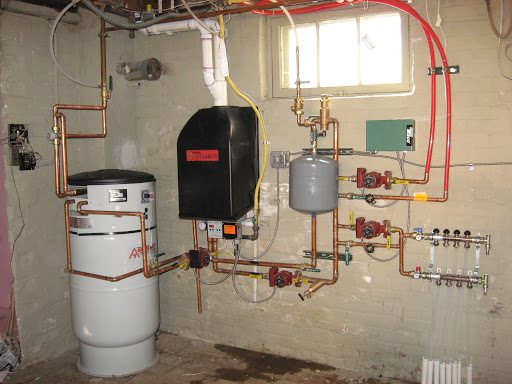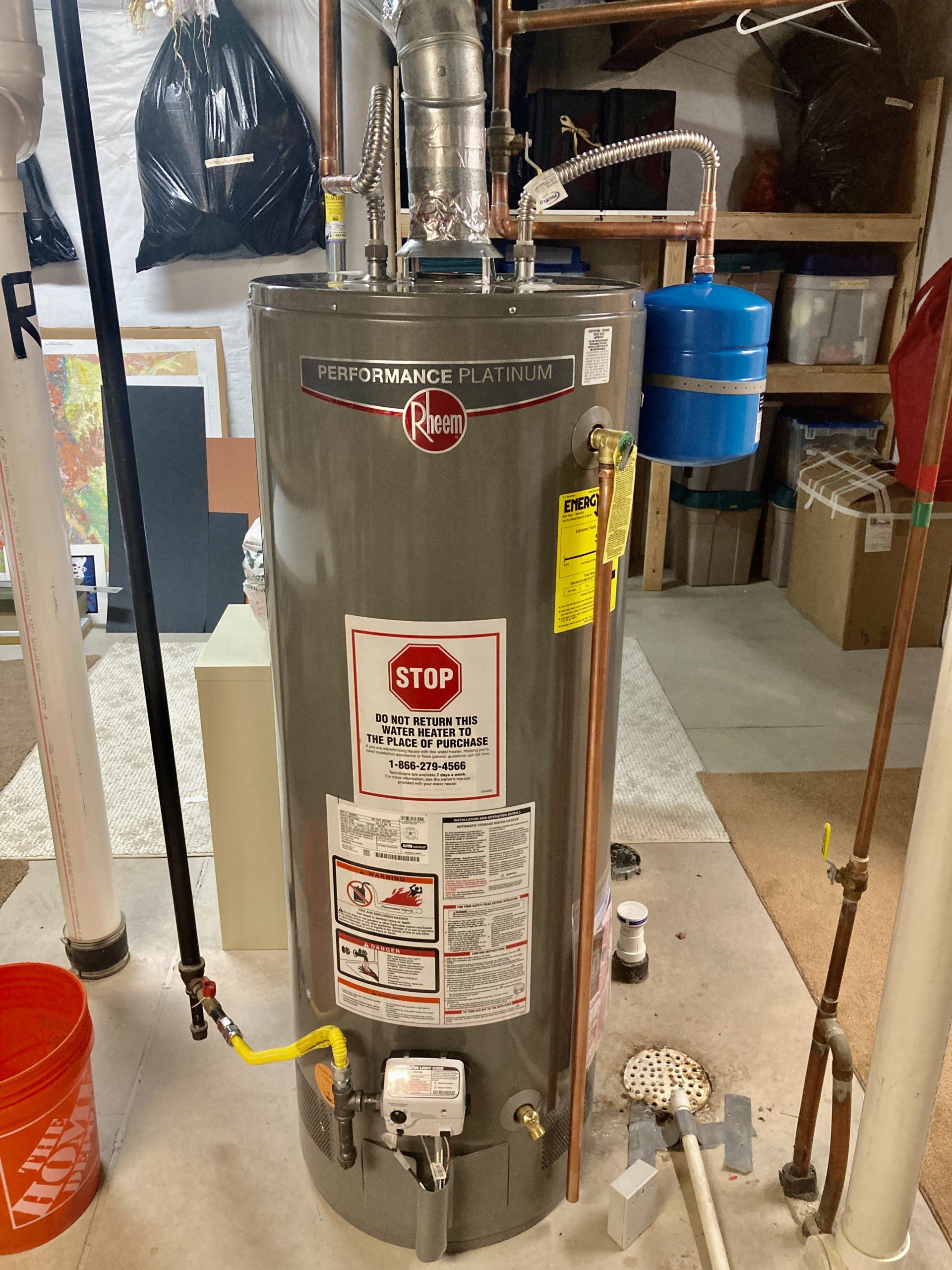Best Practices for Caring for Your Home's Hot Water SystemEssential Maintenance Techniques for Your Home's Hot Water SystemBest Practices for Maintaining Your Home's Hot Water System
Best Practices for Caring for Your Home's Hot Water SystemEssential Maintenance Techniques for Your Home's Hot Water SystemBest Practices for Maintaining Your Home's Hot Water System
Blog Article
How do you really feel on the subject of Tips on Maintaining a Water Heater?

Warm water is important for everyday convenience, whether it's for a refreshing shower or cleaning meals. To ensure your warm water system runs successfully and lasts much longer, routine upkeep is key. This short article provides functional tips and understandings on exactly how to keep your home's hot water system to stay clear of disturbances and pricey repair services.
Intro
Preserving your home's hot water system could appear daunting, but with a couple of easy steps, you can ensure it runs efficiently for several years ahead. This overview covers every little thing from understanding your hot water system to DIY upkeep ideas and knowing when to employ professional aid.
Significance of Maintaining Your Hot Water System
Regular upkeep not only expands the life expectancy of your warm water system however additionally guarantees it operates effectively. Ignoring maintenance can lead to lowered efficiency, greater power costs, and even early failure of the system.
Signs Your Warm Water System Requirements Upkeep
Knowing when your hot water system needs focus can prevent major problems. Keep an eye out for signs such as irregular water temperature, odd sounds from the heater, or rustic water.
Comprehending Your Warm Water System
Prior to diving into upkeep tasks, it's practical to comprehend the basic parts of your warm water system. Generally, this includes the water heater itself, pipes, anode rods, and temperature controls.
Regular Monthly Maintenance Tasks
Routine monthly checks can assist capture minor problems before they intensify.
Flushing the Water Heater
Flushing your hot water heater gets rid of debris accumulation, improving efficiency and lengthening its life.
Monitoring and Changing Anode Rods
Anode rods avoid corrosion inside the tank. Examining and replacing them when broken is crucial.
Evaluating and Readjusting Temperature Level Setups
Changing the temperature settings makes certain optimum efficiency and security.
DIY Tips for Upkeep
You can execute a number of upkeep tasks yourself to keep your hot water system in leading problem.
Looking for Leakages
Routinely examine pipes and connections for leaks, as these can cause water damages and greater costs.
Testing Stress Alleviation Valves
Evaluating the pressure relief valve guarantees it functions properly and prevents extreme stress buildup.
Shielding Pipelines
Shielding warm water pipes reduces warm loss and can save power.
When to Call an Expert
While DIY upkeep is helpful, some problems need specialist knowledge.
Facility Problems Requiring Expert Help
Instances include major leaks, electric issues, or if your hot water heater is regularly underperforming.
Regular Expert Maintenance Conveniences
Professional maintenance can consist of complete evaluations, tune-ups, and making certain compliance with safety and security criteria.
Conclusion
Routine maintenance of your home's hot water system is crucial for effectiveness, longevity, and expense financial savings. By following these ideas and knowing when to seek specialist aid, you can guarantee a reliable supply of hot water without unforeseen disturbances.
Water Heater Maintenance: The Basics
Maintaining your water heater will ensure it operates efficiently and has a longer lifespan. Neglecting regular maintenance can lead to costly repairs and an even bigger chunk of your savings if you have to replace it sooner than necessary. But there’s good news: Most water heater maintenance tasks are relatively simple and easy for homeowners with basic DIY skills.
Flush the Water Heater
Over time, sediment and minerals can build up in the tank, reducing its efficiency and potentially causing damage. To flush the tank, turn off the power or gas supply, attach a hose to the drain valve near the bottom and open the valve to drain the water until it runs clear. Ideally, flush the tank annually.
Replace the Anode Rod
The anode rod is a sacrificial metal rod that helps prevent corrosion inside the tank. Inspect and replace it every three to five years or per the manufacturer's recommendation. To replace the anode rod, turn off the power or gas supply, drain a few gallons of water from the tank, unscrew the old rod and replace it with a new one. If the anode rod is significantly corroded or covered in calcium buildup, it's a sign the water heater may need to be replaced soon.
Tune-Up
A yearly tune-up can help identify potential issues and ensure your water heater operates at peak efficiency. This typically involves checking the thermostat, burner assembly (for gas heaters) and any other components specified by the manufacturer. During a tune-up, the technician may also clean the burner and adjust the pilot light (for gas heaters) or examine the heating elements (for electric heaters).
How to Maintain Your Water Heater
Insulate the tank. Insulating the tank can improve energy efficiency and reduce heat loss, saving you money on energy bills. You can purchase precut insulation blankets designed specifically for water heaters or use standard fiberglass insulation wrapped securely around the tank. Check the temperature. The recommended water temperature for most households is around 120 degrees Fahrenheit (49 degrees Celsius). Higher temperatures can increase energy costs and potentially cause scalding. Use a kitchen thermometer to check the temperature at the faucet nearest the water heater. Monitor water pressure. Excessive water pressure can strain the water heater and cause leaks or even tank failure. Install a pressure-reducing valve if necessary. The ideal water pressure range is between 60 and 70 PSI (pounds per square inch). Test the temperature and pressure (T&P) relief valve. The T&P relief valve is a safety feature that releases pressure if the tank gets too hot or the pressure builds up too high. Test it annually by lifting the lever and allowing a small amount of water to release. Replace the valve if it doesn't release water or reseal properly. Check for leaks. Regularly inspect the tank, pipes and fittings for leaks or corrosion. Deal with issues promptly to prevent further damage. Even a small leak can lead to significant water damage over time. Consider a tankless water heater. If your traditional tank-style water heater is nearing the end of its lifespan ( typically 10 years), consider replacing it with a tankless water heater. These units heat water on demand, reducing standby energy losses and potentially saving you money on your energy bills. Schedule professional maintenance. While homeowners can perform many water heater maintenance tasks, it's still a good idea to schedule professional maintenance every few years. A plumber or HVAC technician can thoroughly inspect the unit, identify potential issues and ensure it operates safely and efficiently. https://www.homeserve.com/en-us/blog/home-improvement/hot-water-heater-maintanence/

Do you enjoy more info about How to Maintain Your Water Heater & Prolong its Life? Try to leave feedback below. We would be pleased to see your insights about this review. Hoping that you come back again before long. Don't hesitate to pause to promote this blog if you liked it. Thanks so much for going through it.
This Resource Report this page